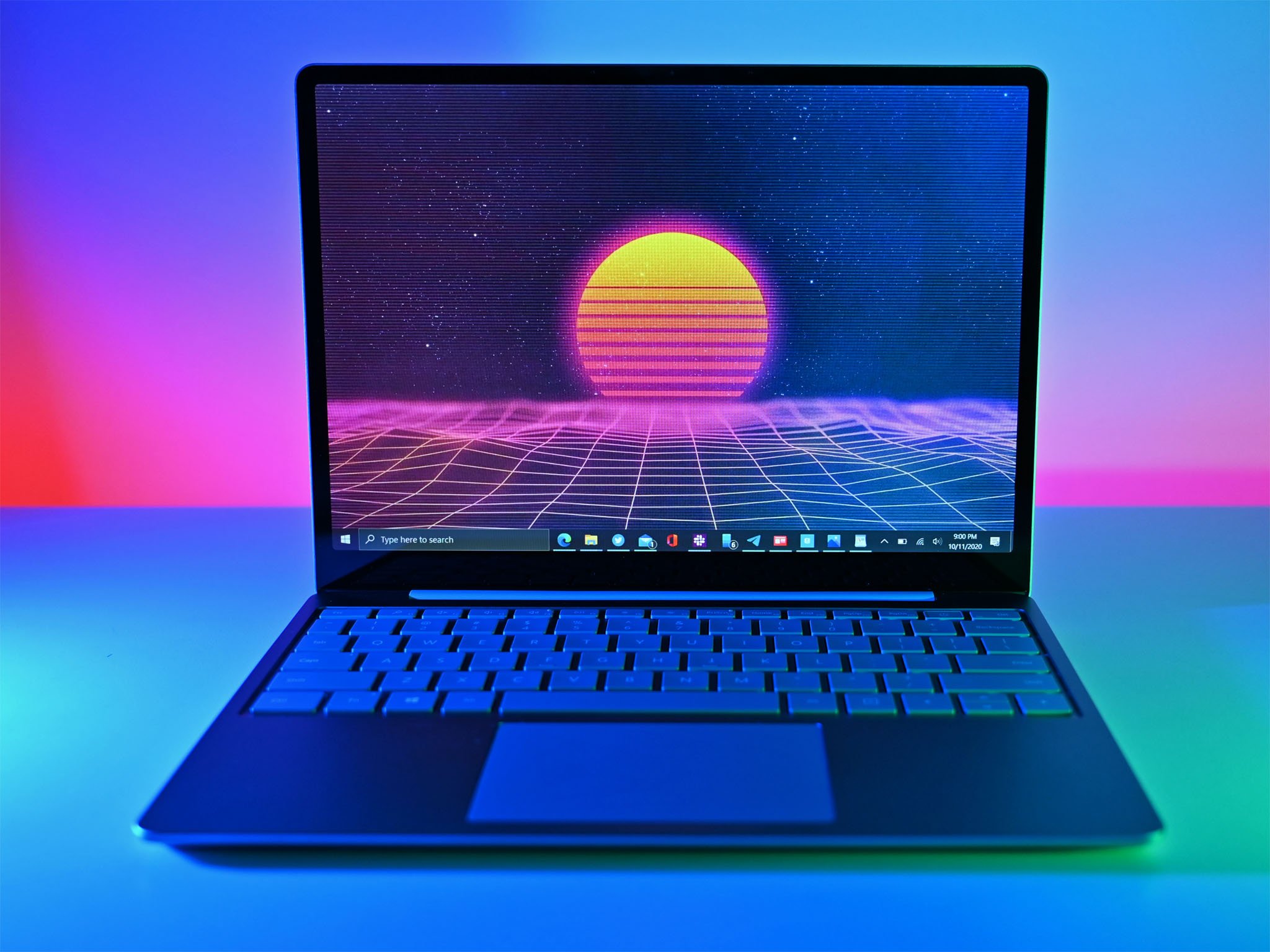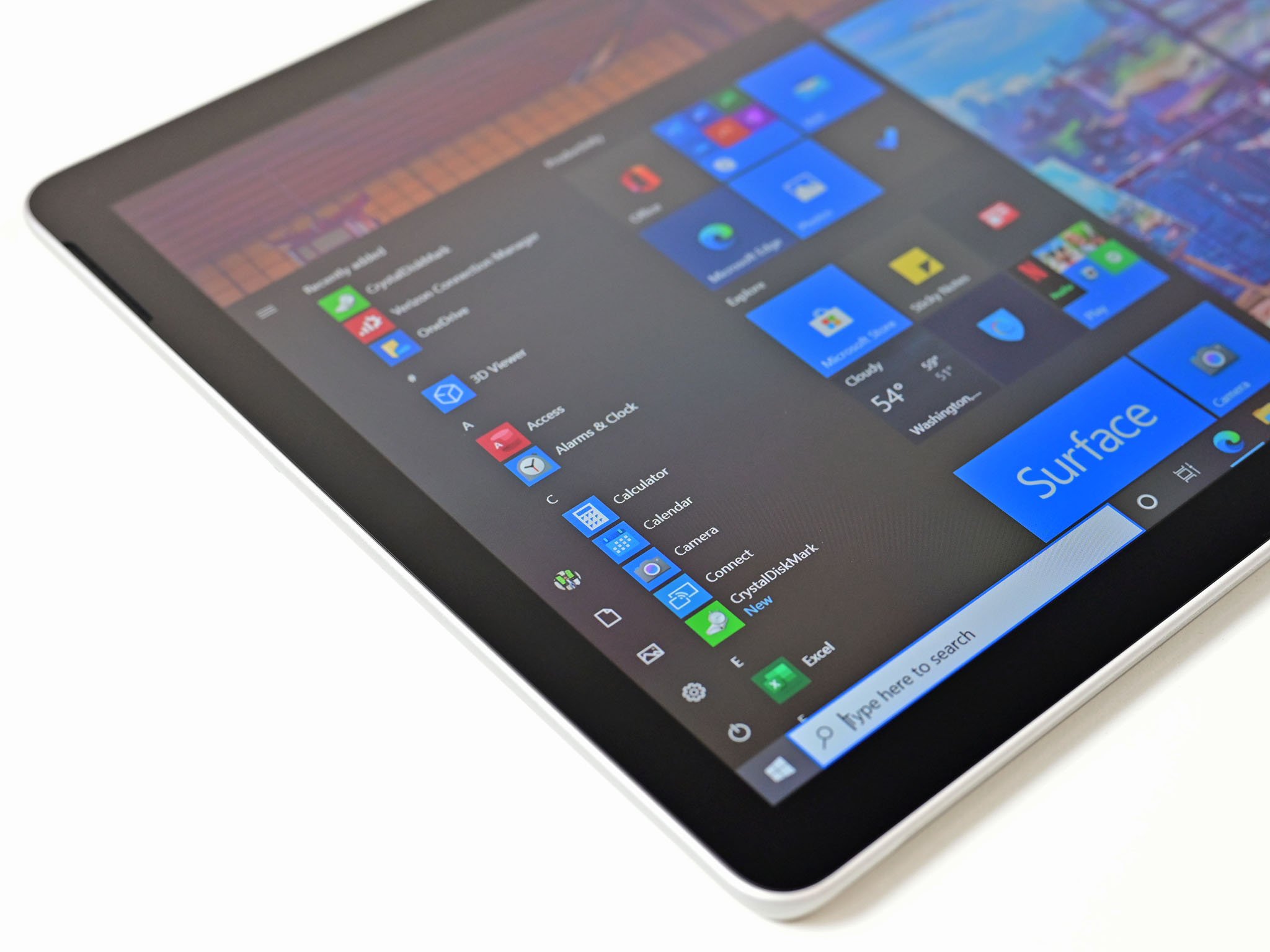Whether it was sales of Surface hardware or Windows licenses, Microsoft had an outstanding quarter.
Microsoft reported for the first time that Surface revenue had exceeded $2 billion last quarter. We always see a big uptick in the Q2 results because they follow the US holiday push where discounts are often offered to ramp up volume. Compared to last year, Microsoft was up 3 percent, which is in line with Surface's growth over the last few years.
It's a nice number, $2 billion, although it pales compared to Dell (~ $11 billion), HP (~$10.5 billion), and Lenovo (~$14 billion), which have vastly larger production, distribution, and product lines from Microsoft.
But should we have expected an even more significant number from Microsoft due to the ongoing pandemic and push for Work from Home (WF) and Study from Home (SFH) market changes?
Not really. Here's why.
These are not the same
Dont compare revenue to PC shipments
I've seen some people toss around IDC's "up 13 percent" number for year-over-year shipments (302 million) in PCs as a reference point, suggesting Microsoft's 3 percent increase seems low. This comparison is strange for a few reasons.
For one, Microsoft is reporting revenue, not shipments, which is what IDC is estimating. Revenue can vary depending on the product's price point and volume mix. Microsoft could have sold fewer but more expensive Surfaces (like Surface Studio 2) or many lower-cost ones (Surface Go 2). We do not know because Microsoft never breaks those figures out to the public.
Second, IDC's numbers are not appropriate for this assessment anyway because it includes Google Chromebooks. Chromebooks do compete against Windows PCs, but it is a separate argument if you are challenging Surface PC sales compared to the rest of the Windows PC segment.
Going by rival firm Gartner's numbers, which does not count Chromebooks, it is estimated that 275 million PCs shipped in 2020, a 4.8 percent increase year over year.
That's a bit more sobering.
Of course, I just established that comparing an estimate of yearly PC shipments to quarterly revenue is a non-starter making the point moot anyway.
The takeaway, though, is significant: Windows PC sales were up in 2020, but it is not a massive resurgence (and Chromebooks played a large role, too). It's a bump in a market that has been flat or declining for years. One of the reasons PC sales were above-average in 2019 and 2020 had nothing to do with the pandemic, but rather End of Support for Windows 7, where enterprise scooped up new hardware.
It's a bump not a tsunami
The pandemic rush is about low-cost devices, not high-end
I don't think I have ever written a single review of a Microsoft Surface product where people didn't complain about the price being too high. It's a running joke here at Windows Central that when Surface Pro 12 and Surface Laptop 6 come out, we can already anticipate reader comments moaning that they're too expensive.
The fact is, Surface is premium, and like Apple devices, they often run higher than what some people consider a good value. Microsoft has been getting more aggressive in pricing these last few years (moving away from Windows 10 Pro to Home shaved off $100 across the board), but Surfaces are still pricier than comparable devices from the big three: HP, Dell, and Lenovo.
That's a good thing. If Microsoft were suddenly undercutting HP, Dell, Lenovo, not to mention Acer, ASUS, Razer, MSI, and others, I am sure its "partners" would not be happy about it. Microsoft already runs a fine line between trying to set the bar and angering its hardware colleagues.
I bring this all up because the product mix which sold the most during this pandemic were lower-cost devices. It was students, who suddenly had to study from home, who needed dedicated school PCs. Schools used to share laptops amongst students, but now they had to be one-to-one. And guess what – they were not buying Surface Book 3s, but rather more affordable options from HP, Dell, and Lenovo, who specialize in offering various products and on-site support.
Research firm Gartner reported on this trend in January:
PCs have resurfaced as an essential device as consumers, including younger children, are relying on them to for work, school, socializing and be entertained from their homes.
For example, Lenovo sells the IdeaPad 1 and Windows 10 Home in S Mode for $200. HP just announced its ProBook x360 11 G7. Dell has the $539 Latitude 3190 2-in-1. And we just saw refreshed EDU laptops starting at $185 announced a few days ago.
On top of this, HP's consumer line (Pavilion, Envy) and Dell's (Inspiron) also fill the gaps for non-education devices.
Looking at 2020, Microsoft released Surface Go 2, Surface Laptop Go, Surface Book 3, Surface Duo, and refreshed Surface Pro X (SQ2). Of those, Surface Go 2 and Surface Laptop Go are the only ones remotely closes to being budget-friendly for schools or homes that needed an additional computer. Microsoft likely sold more Surface Laptop Go PCs than Surface Laptop 3s, but the profit margins are much slimmer than something like Surface Studio 2: sell more, make less.
That is not to say it was all low-cost devices that sold in 2020. Gaming PCs for the home also went up due to the entertainment value needed while being stuck in pseudo-quarantine. Here, Surface does not compete, but Microsoft does with Xbox, which did see massive gains tied to the hugely successful launch of Xbox Series S and Xbox Series X.
It's money in the bank either way
Surface rev is OK, Windows 10 Home rev is way up
Finally, while the Surface line likely did not benefit from what the market demanded in 2020 (exceptions for Laptop Go and Go 2), Microsoft still wins out.
Revenue from sales of Windows 10 Home licenses was up a staggering 24 percent year over year. And who bought those Windows 10 Home licenses? The same OEMs that make lower-cost laptops for education and consumer markets: Dell, HP, Lenovo, and Acer.
In the end, it is all money in the bank to Microsoft, no matter if it goes to Surface or Windows. The only important takeaway regarding Surface revenue is it is consistent and growing year over year. Everything else is just a distraction.




No comments: